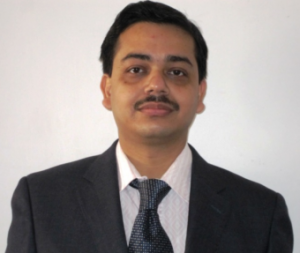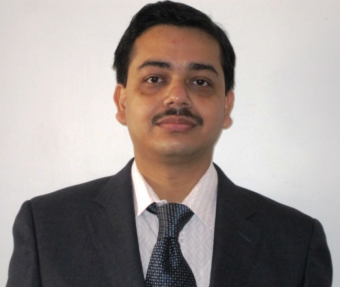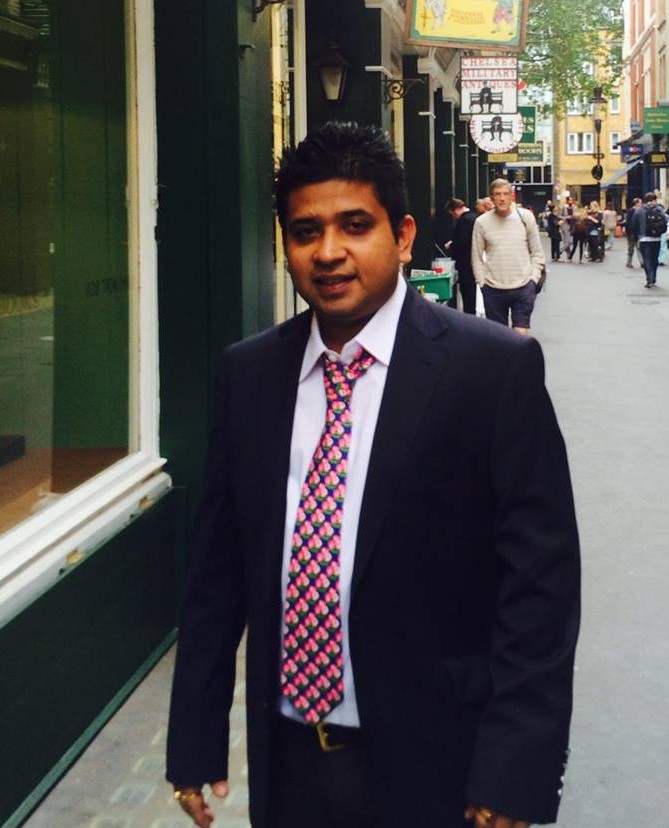Heart Attack
Well co ordinated ‘heart attack treatment system’ is the need of the day today.
 Dr Bikash Majumder MD, MRCP (London), MD (London), CCT (Cardiology, UK).
Dr Bikash Majumder MD, MRCP (London), MD (London), CCT (Cardiology, UK).
Senior Consultant Interventional Cardiologist
What is heart attack?
Heart attack is a life threatening condition. During a heart attack heart artery suddenly gets occluded with a blood clot. Heart muscle starts dying soon after the artery gets occluded. It is of utmost importance to initiate treatment of heart attack as soon as possible to save lives and to prevent permanent damage to heart muscle. Doctors often say ‘Time is Muscle’.
What is the best treatment of heart attack?
The best treatment of heart attack is to open the blocked artery with coronary angioplasty (balloon surgery) and stenting within hours of having chest pain.
What are the problems patients face to get the best treatment?
Because of lack of awareness regarding the symptoms of heart attack among the patients, absence of well co ordinated emergency ambulance system and lack of coordination between the general physician and the hospitals, patients often arrive in the hospital very late. Whatever treatment they receive in the hospital does not give the desired result inspite of spending lots of money. Never the less coronary angioplasty facility is not available everywhere.
How can we improve the situation?
So in order to prevent delay in treatment the most effective alternate treatment is to administer ‘clot bursting’ injection (Thrombolysis treatment) as soon as possible (preferably within 3 hours of onset of chest pain) in the community in a nearby ‘nursing home’ or hospital with ‘coronary care unit’ (CCU) facility followed by transfer to a big cardiology hospital within 24 hours for coronary angiography and angioplasty.
Current Scenario.
Currently patients, particularly from the districts are travelling a long distance to reach a big hospital for their heart attack treatment which is often not helpful for the patients if they do not receive the initial clot bursting treatment near their home within the ‘golden hour’. Lack of awareness among the patients, unnecessary fear and reluctance of the local general physicians to administer ‘clot bursting’ injection are the main hurdles for developing a robust ‘heart attack service’. Often doctors are not well supported in the peripheral hospitals and nursing homes to gain the confidence in administering ‘clot bursting’ injection.
The ideal system.
In absence of well co ordinated emergency system and traffic congestion it often becomes impossible for the patients to reach hospital within the ‘Golden hour’ (within 3 hours of symptom onset). So it is of utmost importance to create a system which will allow patients to identify the symptoms of heart attack as soon as possible. Then patient should have an access to an unified emergency number. By calling that number he/she should be provided with an ambulance equipped with an ECG machine and some life saving medications. The ambulance paramedic should be able to take an ECG and should be able to transmit the ECG electronically to a doctor for confirmation of the diagnosis of heart attack and once the confirmation is made the patient should be transferred to the nearby ‘nursing home’/hospital/ health facility as early as possible to achieve the goal of giving the ‘clot bursting’ injection within 3 hours of symptom onset. Once the’ clot bursting’ injection is administered the pain goes away and the blood circulation in the heart artery is restored which saves patient’s life and minimise the damage to the heart muscle. After completion of this initial treatment within 3 hours the patient have to have another journey to a cardiac centre to have his coronary angiography within the next 24 hours with the view to have a coronary angioplasty and stenting.
Does every patient need to have a coronary angiography after a heart attack?
Heart attack treatment is incomplete without the angiography. After initial clot bursting injection treatment coronary angiography is needed to identify the blockage of the heart artery and then to perform angioplasty and stenting as necessary. We have to have a system with which the entire patient treatment journey from home to angiography can be performed seamlessly without any delay and cost constraints. Only this approach will save thousands of lives and will prevent significant damage to the heart muscle so that the patient can live a productive life in future even after suffering from a big heart attack.

-
09July


-
23May


-
21September


Workshop on Basic Life Support and Symptom Recognition of Heart Disease and Heart Attack


 Dr. Bikash Majumder
MD, MRCP (London), CCT (Cardiology, UK), MD (Research)(London).…
Dr. Bikash Majumder
MD, MRCP (London), CCT (Cardiology, UK), MD (Research)(London).…
 Mr. Biswadeep Ghosh
“Being a businessman, I visit many places and…
Mr. Biswadeep Ghosh
“Being a businessman, I visit many places and…



